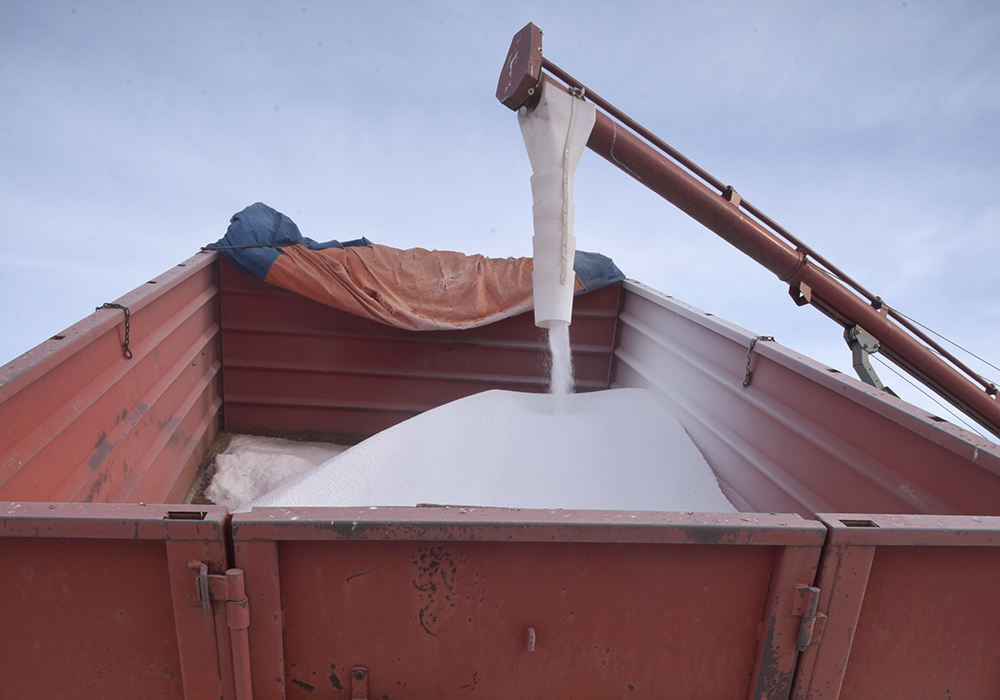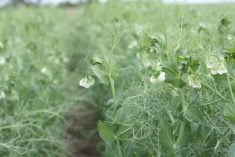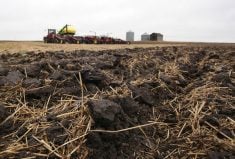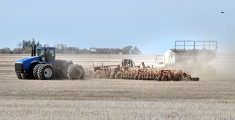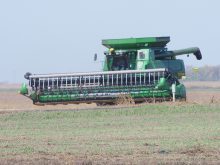The policy makers at Agriculture Canada are concerned about greenhouse gas emissions from wheat, barley and other cereal crops.
In a discussion document released in March on reducing emissions from fertilizer applied to cropland, Ag Canada says that Canadian cereal growers produce more nitrous oxide gas than farmers in Europe, Australia, Ukraine and the United States.
“Available data show that Canadian cereal production likely has one of the highest levels of emissions intensity (amount of GHGs emitted per unit of product) amongst major exporting countries,” the document says.
Read Also
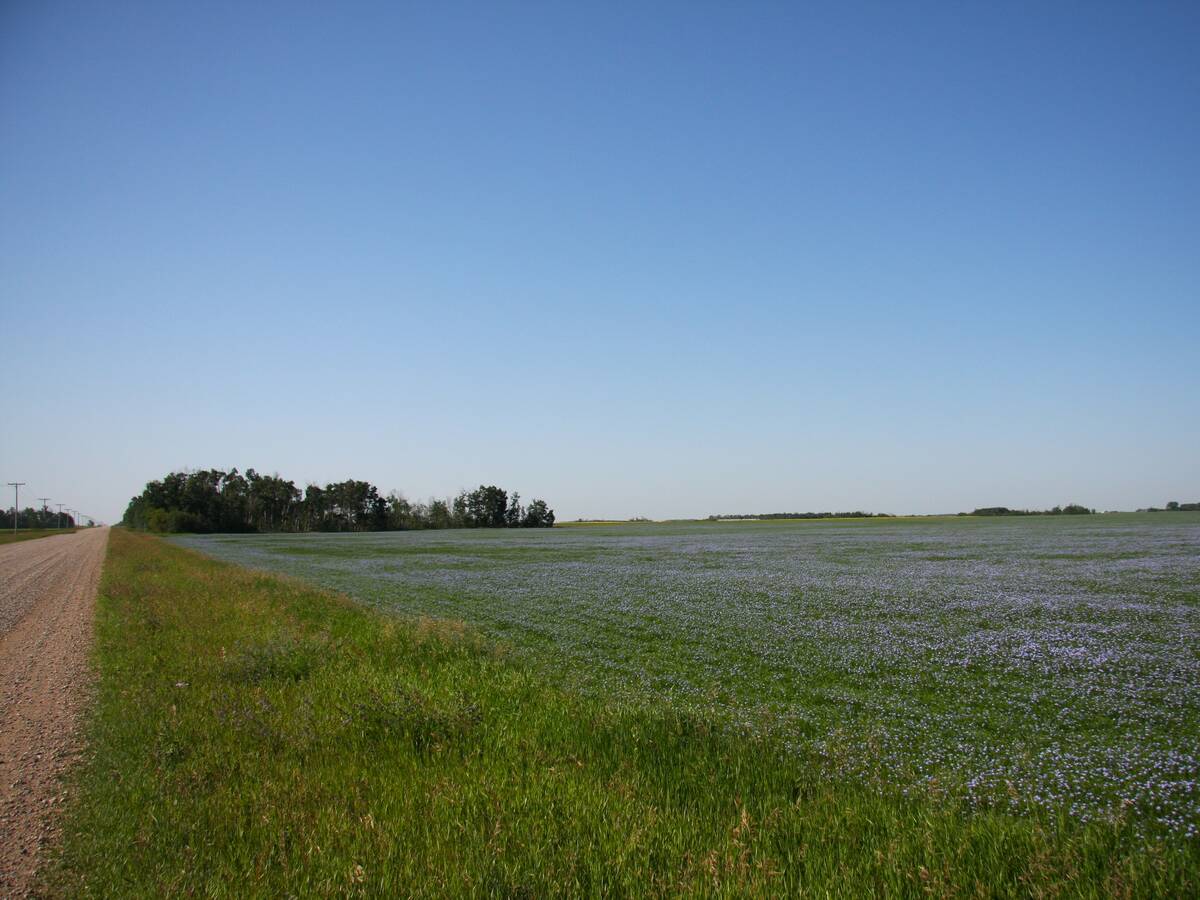
Farmland advisory committee created in Saskatchewan
The Saskatchewan government has created the Farm Land Ownership Advisory Committee to address farmer concerns and gain feedback about the issues.
“Canada’s emission intensity for cereals in 2017 is higher than those reported for the United States, the European Union and (other regions).”
Ag Canada says cutting such emissions is critical because the federal government wants to reduce fertilizer related emissions 30 percent by 2030.
The discussion paper includes a table, using data from the Food and Agriculture Organization (FAO), to emphasize that Canadian cereal crops produce the highest amount of nitrous oxide emissions in the developed world.
Mitch Rezansoff, executive director of the Canadian Association of Ag Retailers (CAAR) disagrees with the analysis and the FAO data.
“The majority of the fertilizer we use is banded into spring crops. And Europe is pre-dominantly winter crops… (and) the majority of fertilizer would be broadcast (in the EU),” Rezansoff said April 12 during an Agriculture Canada virtual town hall, held so members of ag sector could respond to the 30 percent reduction target.
“I will make a statement. Canada is not the worst. I don’t believe that,” added Rezansoff, who asked Ag Canada officials to explain how the FAO came up with the numbers
Tom Rosser, an assistant deputy minister with Ag Canada, said the department would provide a written statement to Rezansoff and CAAR about the data sources and the calculations.
In an interview following the town hall, Rezansoff said it’s illogical that Canadian wheat and cereal crops produce more nitrous oxide than European farms.
For starters, Europe receives far more rainfall than the Prairies, which produces the majority of Canada wheat, barley and oats. Regions with more precipitation and wetter soils almost always have higher nitrous oxide emissions from fertilizer.
Ag Canada admits as much in its discussion document, noting that N2O emissions from southern Saskatchewan and Alberta are small relative to cropland in Ontario.
“Drier regions of the Prairies have much lower N2O losses than the moister regions of Eastern Canada,” Ag Canada says.
Furthermore, it’s unlikely the FAO understands how western Canadian farmers apply nitrogen fertilizer.
“The majority of nitrogen fertilizer applied, especially in Western Canada, is banded, either before seeding in the fall, or spring. Or it’s applied with the seed… at seeding time,” Rezansoff said. “So, the amount of nitrous oxide produced is minimal.”
The department is relying on the amount of fertilizer sold in Canada to estimate the size of nitrous oxide emissions. The estimates are adjusted by region, based on climate, soil type, tillage practices and so forth.
Many farmers doubt that the nitrous oxide estimates are accurate. And many question if recommended practices, like growing cover crops, will actually cut emissions.
“(There is a) need for reliable data to accurately measure fertilizer emissions and progress,” said Troy Sherman, director of government relations with the Canola Council of Canada. “There are some major gaps in this space…. There has to be a dedicated effort to get that reliable data.”
Cheryl Mayer, of the Canadian Canola Growers Association, made a similar comment.
“It’s difficult to ask farmers to change their practices and to buy into this initiative… if we can’t measure what they are doing. I think that’s something really critical.”


